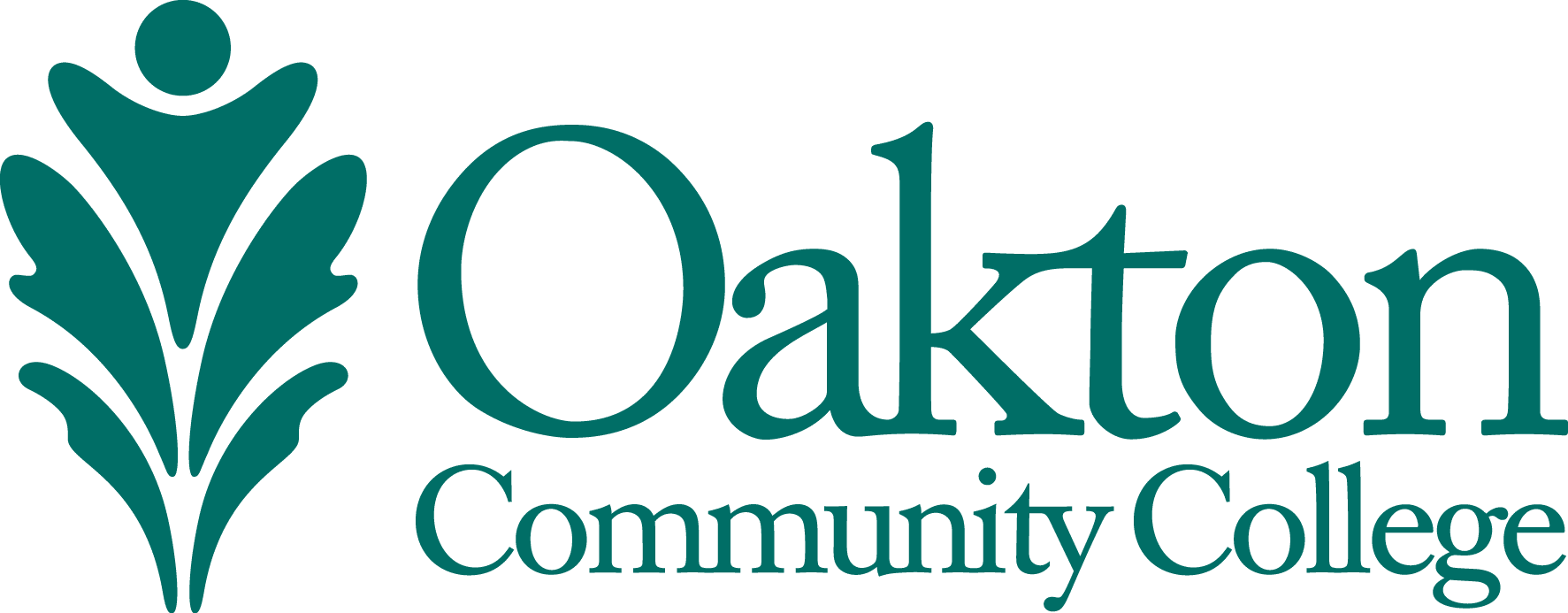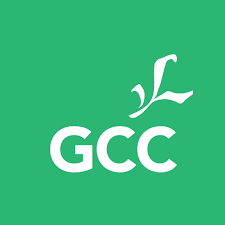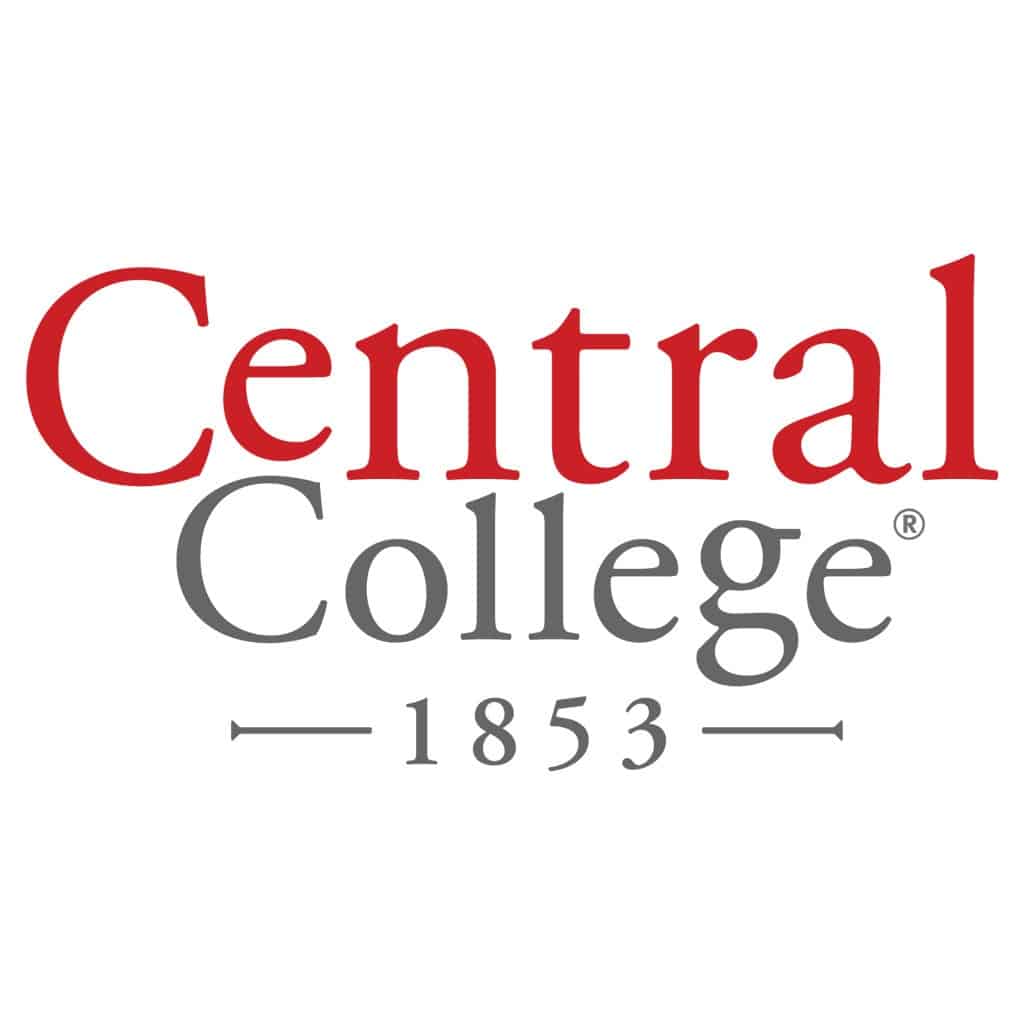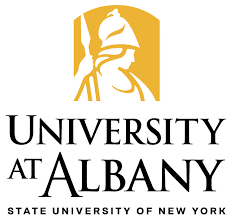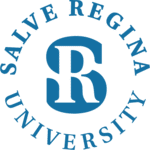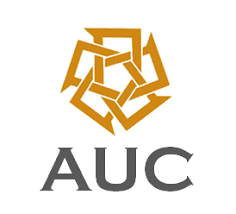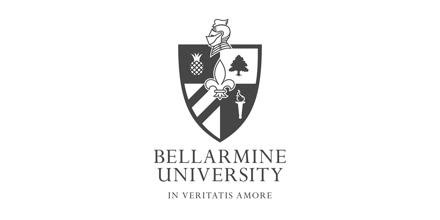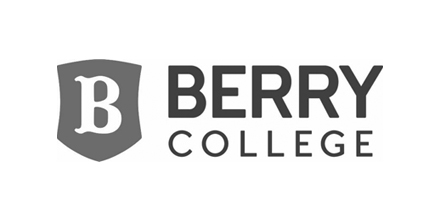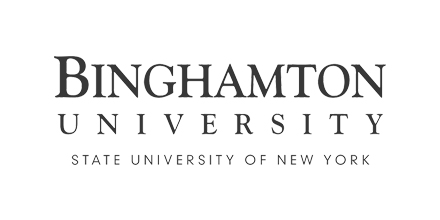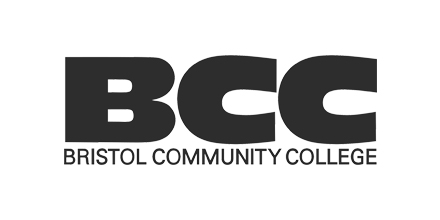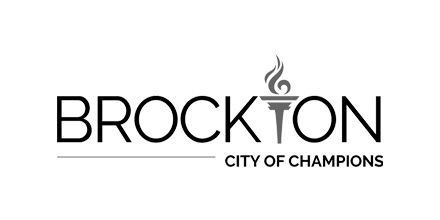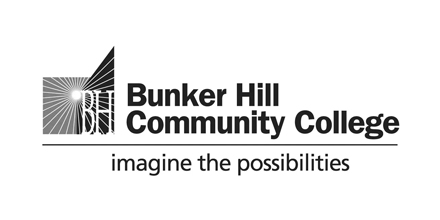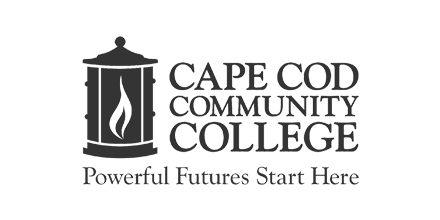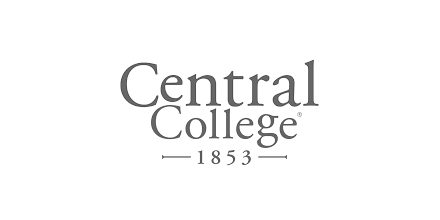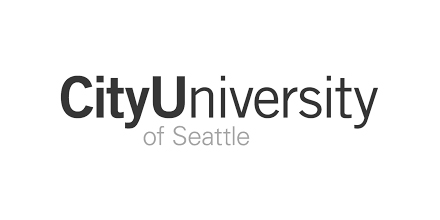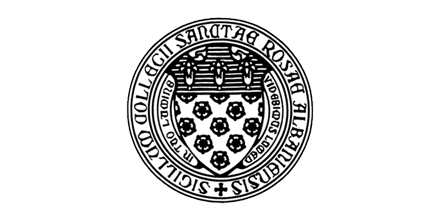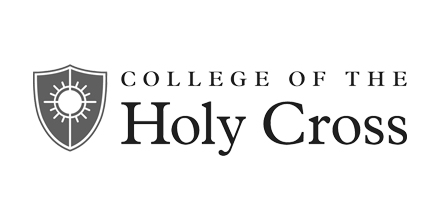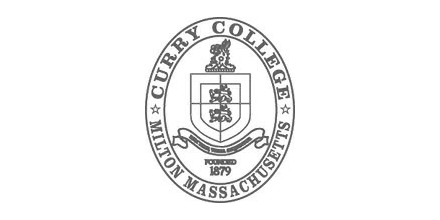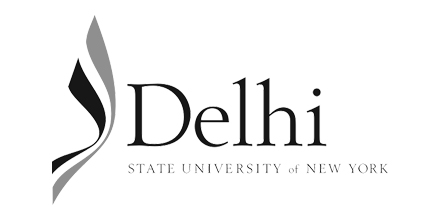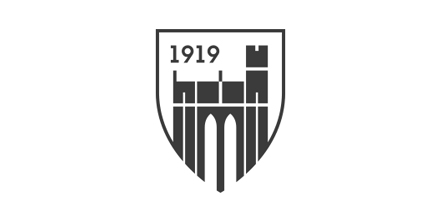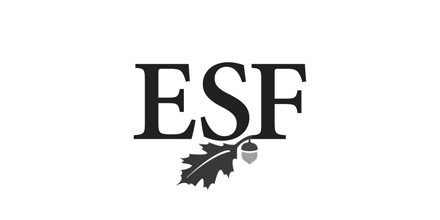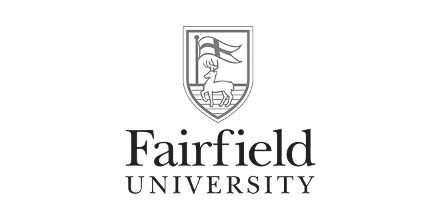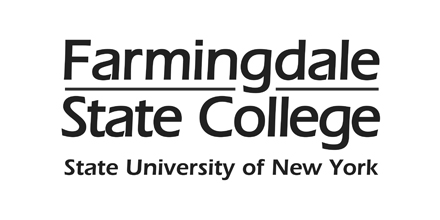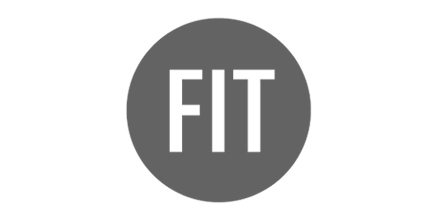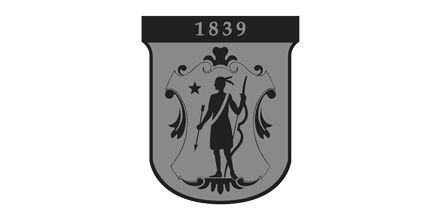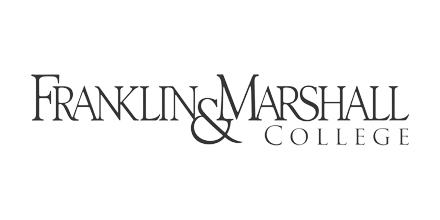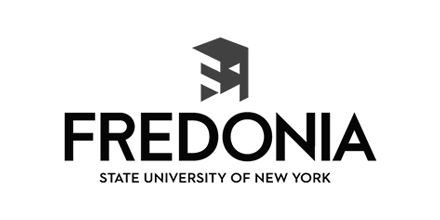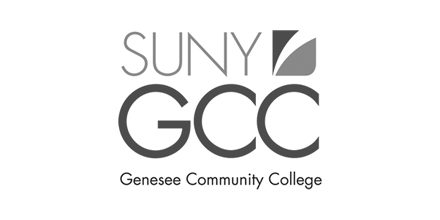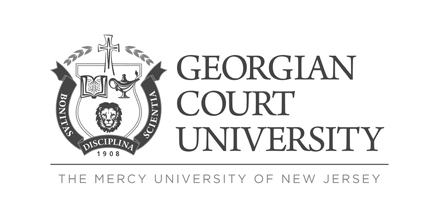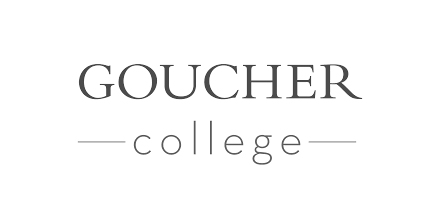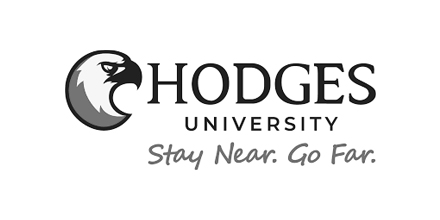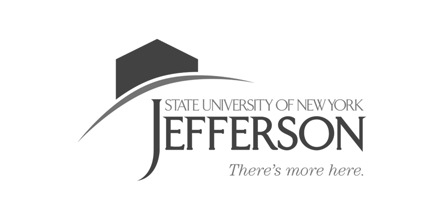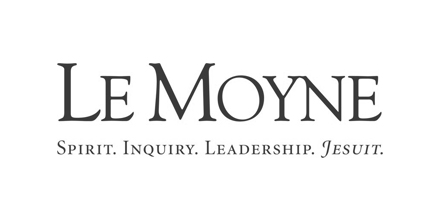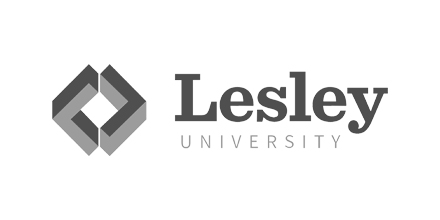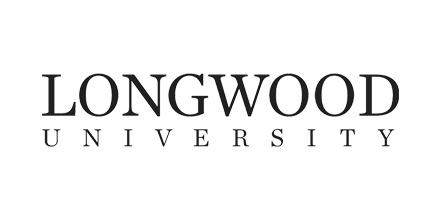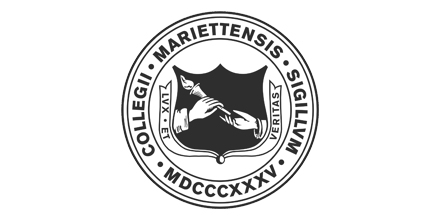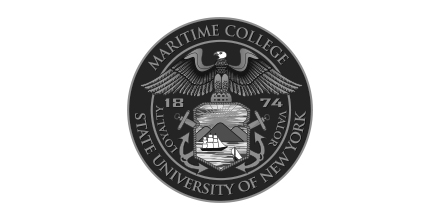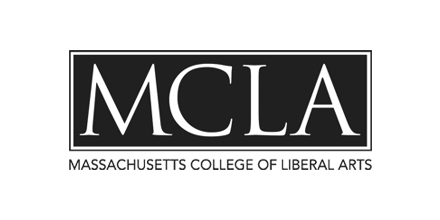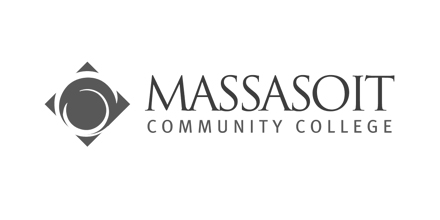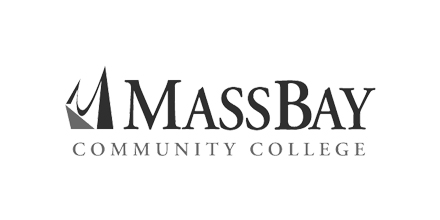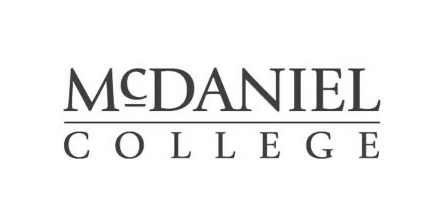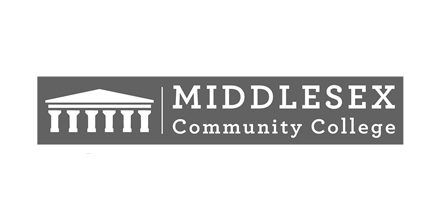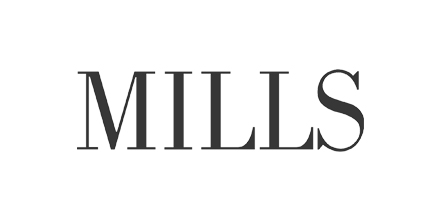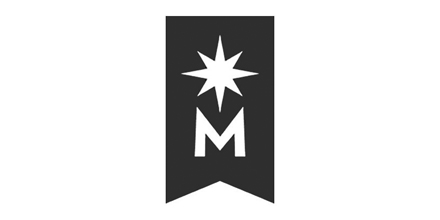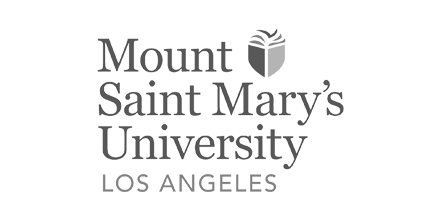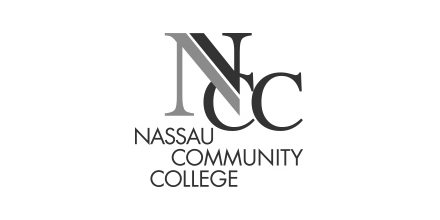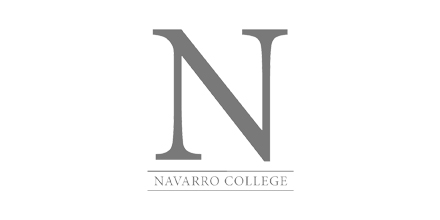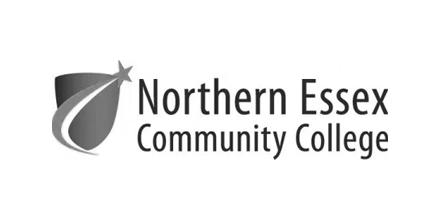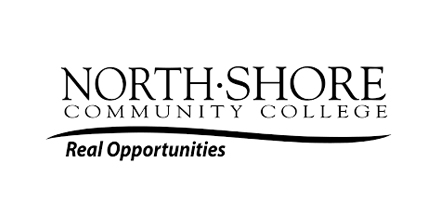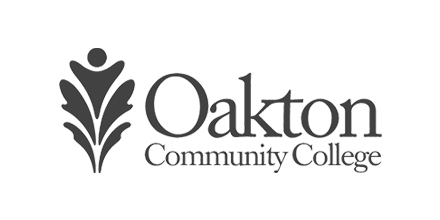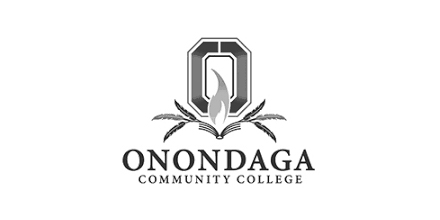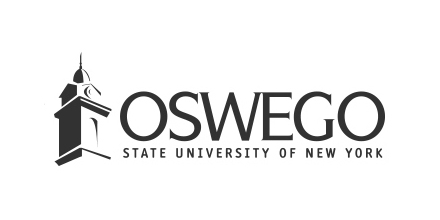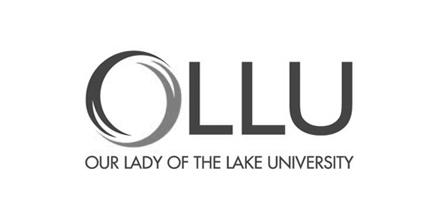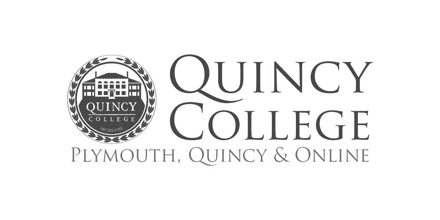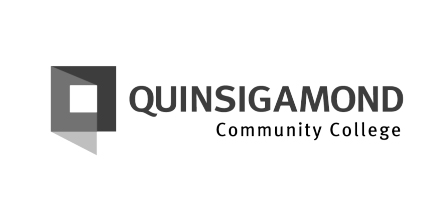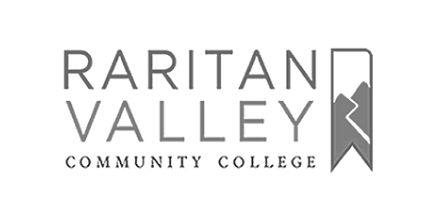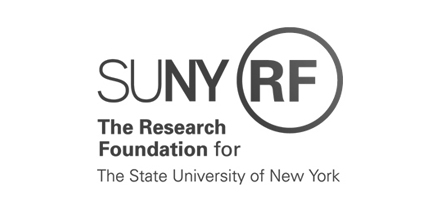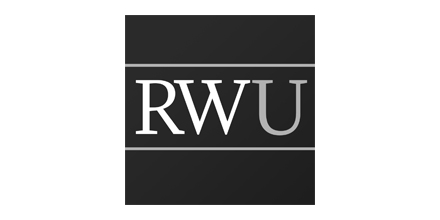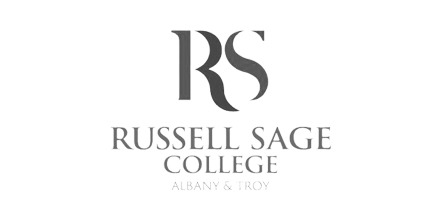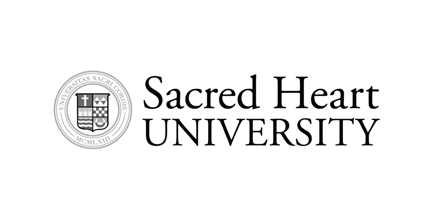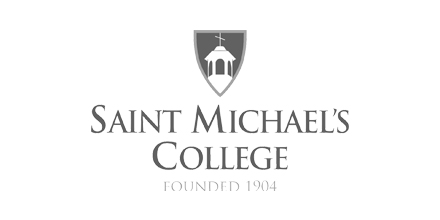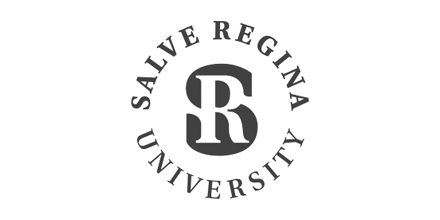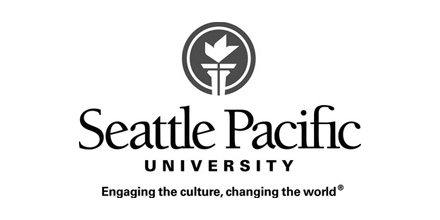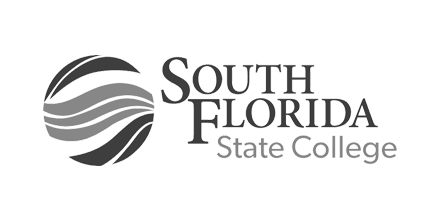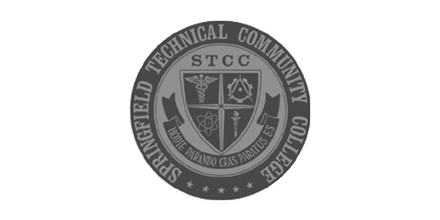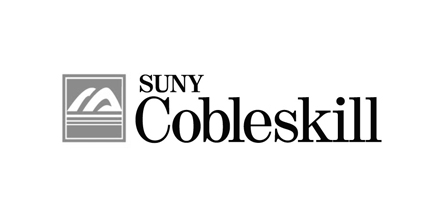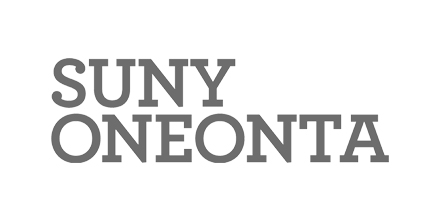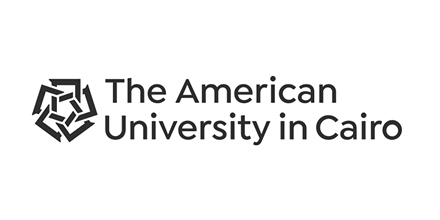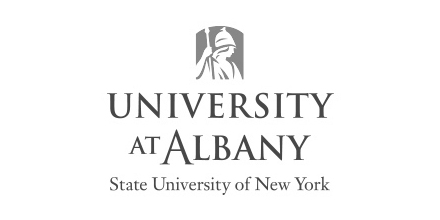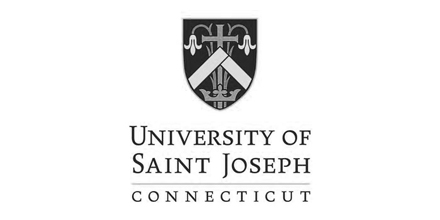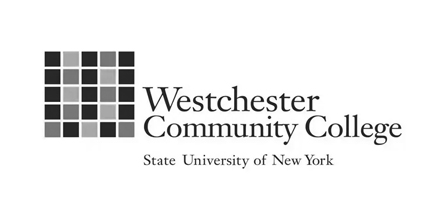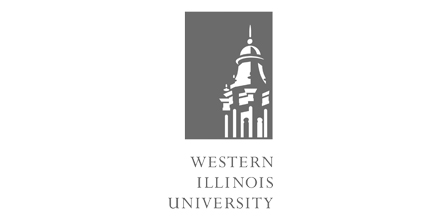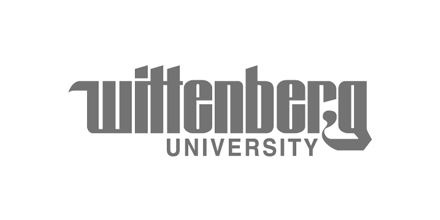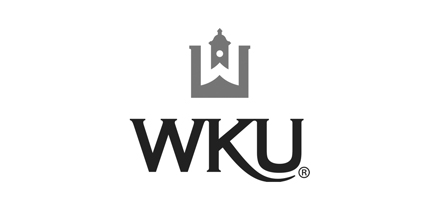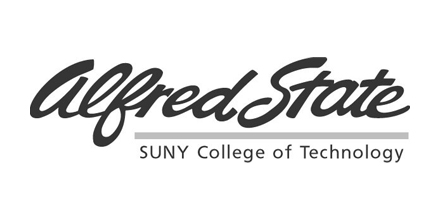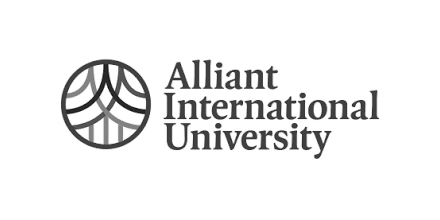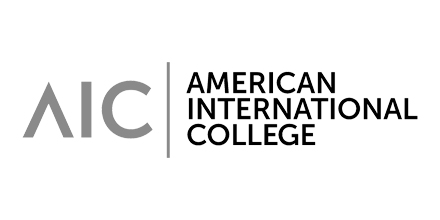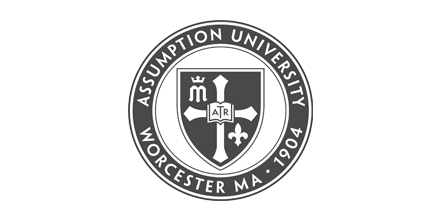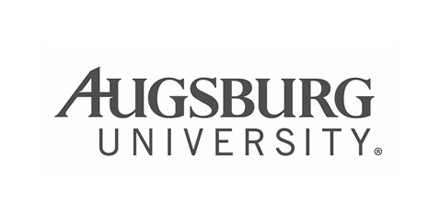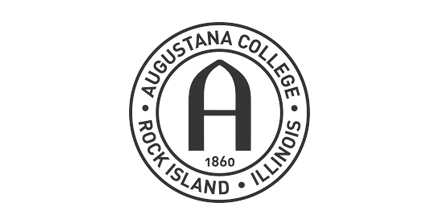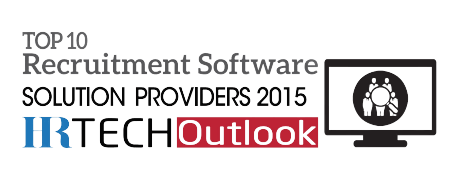Attracting top talent and retaining them is a challenge faced by companies of all sizes. While many strategies exist to enhance recruitment, employee referral programs stand out as both highly effective and cost-efficient. Beyond their direct benefits to hiring, referral programs can significantly improve employee engagement, build a positive company culture, and boost overall job satisfaction. In this article, we’ll explore the connection between employee referrals and engagement, discuss why these programs drive success, and offer actionable steps to create a strong referral program.
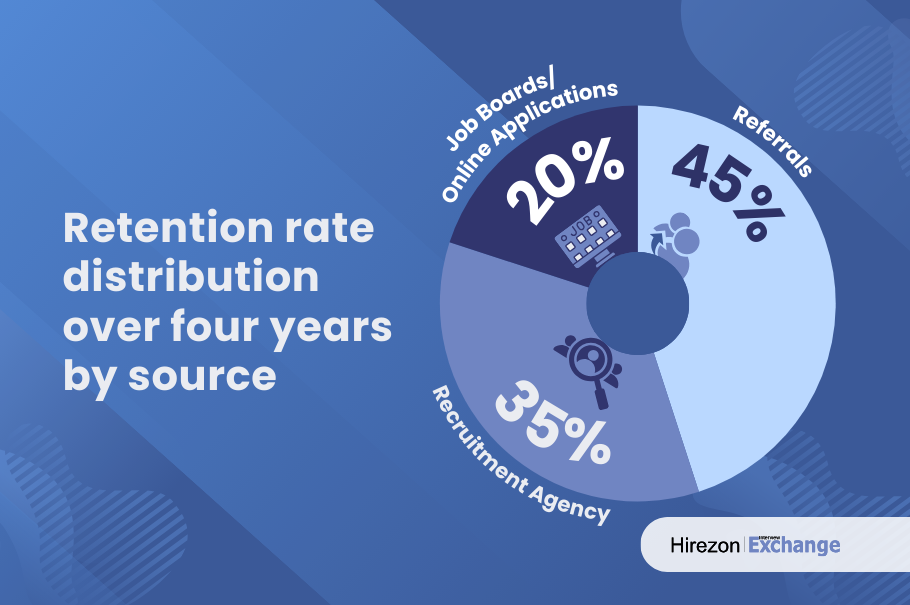
1. Higher Quality Hires and Cultural Fit
Employees referred by current team members are more likely to align with company values and work well within the team. This cultural alignment is invaluable—it leads to better collaboration, faster onboarding, and greater retention. According to a study by the Society for Human Resource Management, referrals have a higher retention rate than hires made through other recruiting channels.
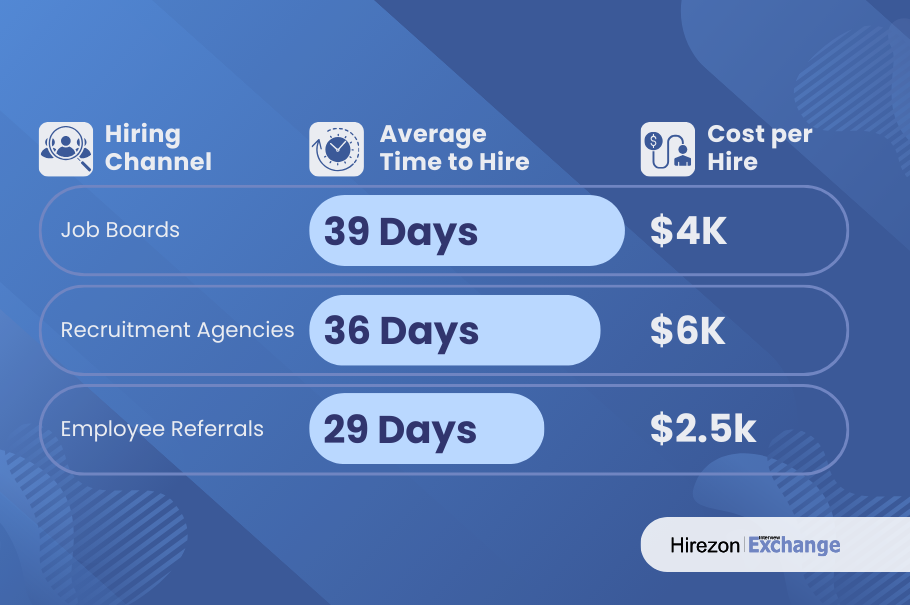
2. Enhanced Employee Engagement
Referral programs give employees a sense of ownership in the company’s growth, boosting their engagement and loyalty. When employees are empowered to recommend people they trust, they feel valued and actively contribute to shaping the organization. This involvement builds a sense of belonging and commitment to the company’s mission.
3. Cost and Time Efficiency
Hiring costs add up quickly, but referral programs can reduce these expenses substantially. With a referral program, companies tap into existing networks, eliminating some of the lengthy processes associated with traditional recruiting. Moreover, candidates who come through referrals are often pre-vetted by employees, leading to a faster hiring process and lower screening costs.
4. Strengthening Company Brand and Culture
When employees actively refer candidates, it serves as a public endorsement of the organization’s values and workplace culture. Word-of-mouth referrals are powerful: they position the company as a great place to work, enhancing its employer brand and making it easier to attract like-minded individuals. This is particularly relevant in a digital age where potential candidates often research company culture before applying.
5. Steps to Build a Successful Employee Referral Program
A successful employee referral program doesn’t happen by chance; it requires structure, incentives, and a clear communication strategy. Here are some actionable steps to strengthen your referral program:
a) Offer Meaningful Incentives
Incentives encourage employees to participate actively in the referral process. They don’t have to be large, but offering a bonus or public recognition for successful referrals can go a long way.
b) Promote the Program Regularly
Keep the program visible with reminders in meetings, newsletters, and team updates. Make it easy for employees to refer by providing clear guidelines and an accessible submission process.
c) Streamline the Referral Process
Ensure that the process for referring candidates is quick and user-friendly. If employees have to go through complex forms, they may be discouraged from participating.
d) Recognize and Celebrate Successful Referrals
Public recognition for employees who make successful referrals adds to a positive feedback loop, encouraging others to participate.
e) Gather Feedback and Continuously Improve
Gather input from employees to identify any barriers they face in the referral process. Use this feedback to continuously improve the program’s structure and reach.
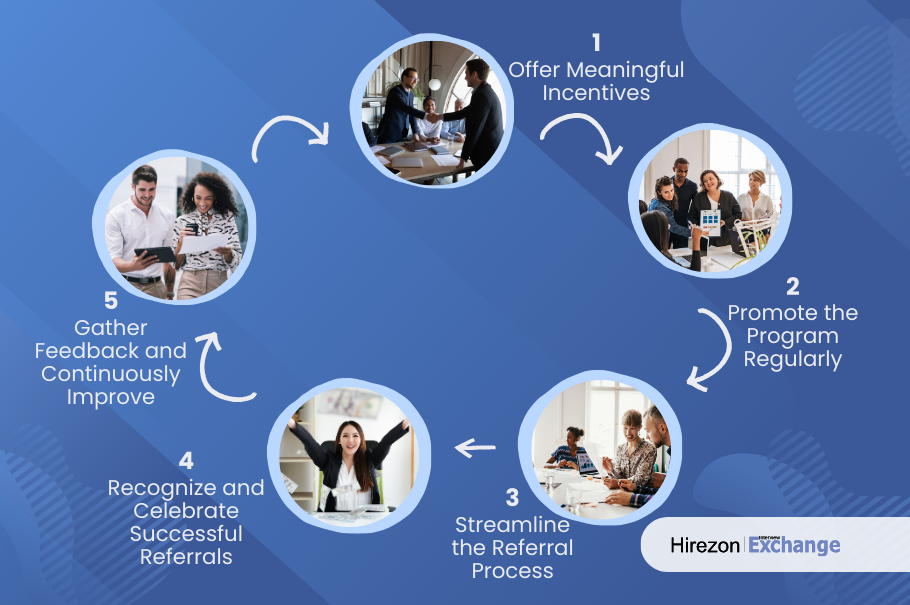
Employee referral programs are more than just a recruiting tool—they’re a strategy for boosting engagement, enhancing company culture, and attracting talent that aligns with organizational values. By building a strong, accessible, and rewarding referral program, companies can create a workplace where employees feel valued and invested in the future. This leads to a win-win scenario where the organization gains loyal, high-quality talent, and employees enjoy a more engaging and empowering environment.



